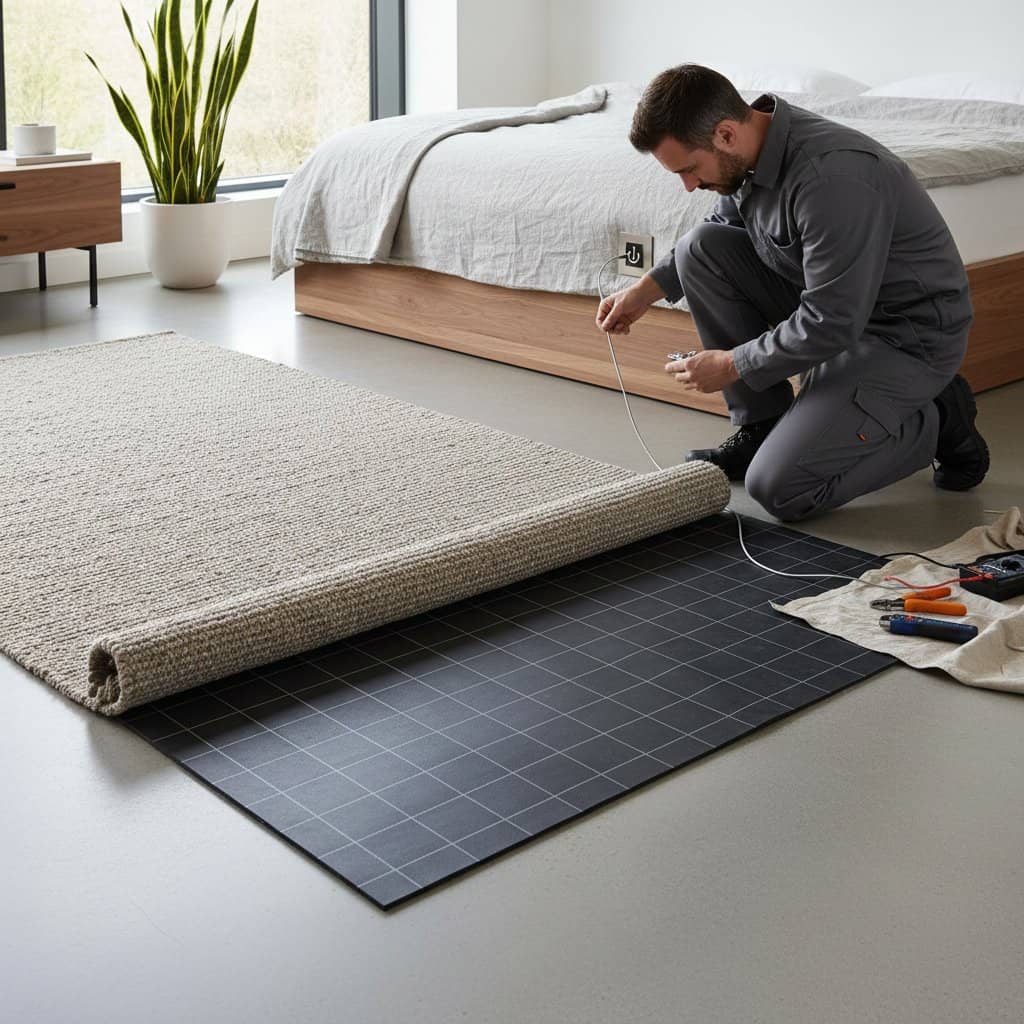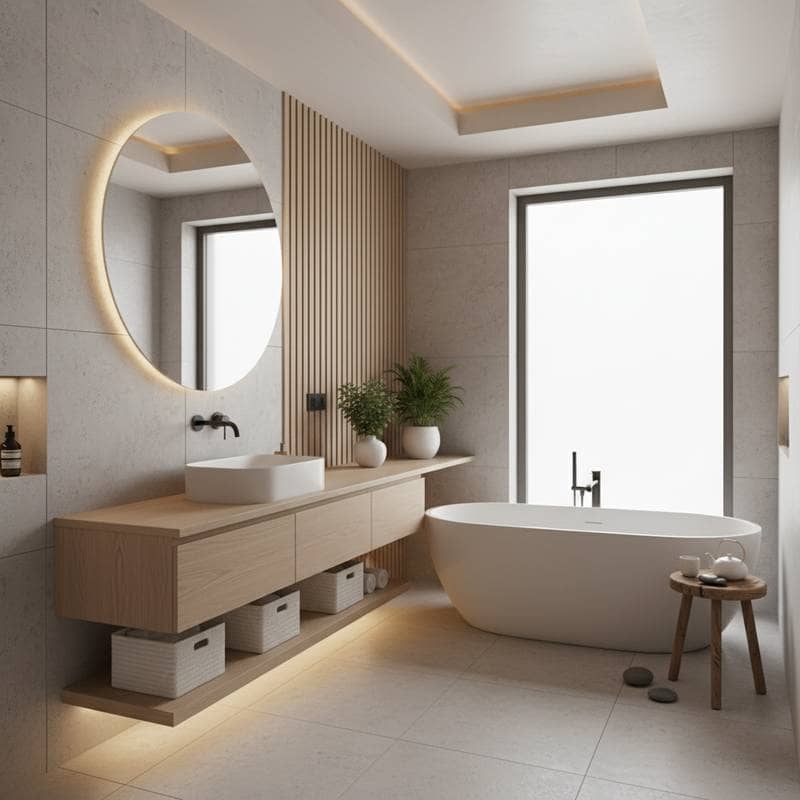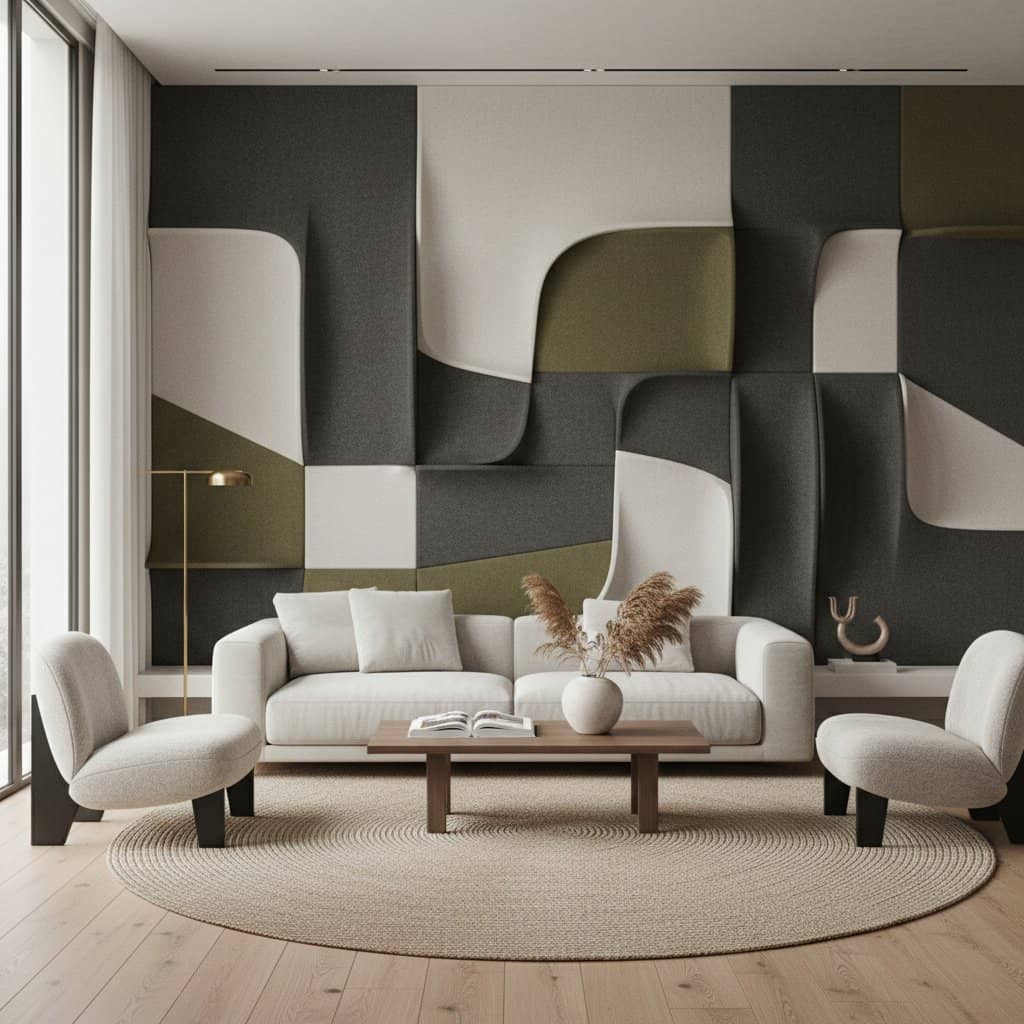Elevate Living Rooms: Acoustic Panels as Stylish Art
Cluttered sound disrupts focus as much as visual clutter. Conversations rebound from bare walls, television dialogue echoes persistently, and distant appliance hums create unease in even the most attractive living room. True home comfort arises from harmony in sight and sound. Acoustic panels provide a subtle method to foster tranquility, evolving from mere utility to integral design elements.
Intentional placement of these panels introduces texture, pattern, and visual interest while dampening excess noise. The outcome yields a living room that promotes stability, serenity, and aesthetic appeal.
Why Sound Matters at Home
Sound profoundly influences room ambiance. Persistent echoes generate subtle tension, often unnoticed yet impactful. Balanced acoustics enhance concentration, ease relaxation, and strengthen interpersonal bonds. Voices emerge clearer, and music gains depth and resonance. In open-plan layouts or rooms with lofty ceilings, effective sound management proves indispensable.
Acoustic panels capture and scatter sound waves that typically reverberate off surfaces. They temper harsh audio reflections to establish equilibrium. Unlike dense drapery or thick rugs, panels deliver a slender, aesthetically adaptable option that integrates effortlessly with interior schemes.
The Art of Acoustic Design
Acoustic panels once confined themselves to concealed installations or professional studios. Today, they emerge as prominent, sensory-rich installations in residential settings. Designers and residents select options that convey individuality and sophistication alongside practical benefits.
Certain panels feature printed abstracts or gradient hues for visual serenity. Alternatives incorporate felt, timber, or interlaced fibers to impart organic tactility. Arranged with intention, these elements form compelling accents reminiscent of curated exhibitions rather than utilitarian fixes.
View walls as expansive canvases. Acoustic panels occupy voids, delineate seating zones, or offset prominent screens. They harmonize with flooring or upholstery palettes, unifying auditory and chromatic elements.
Choosing the Right Style
Panel selection mirrors artwork curation, aligning form with spatial demands. Consider these strategies:
- Minimal and Modern: Sleek panels in subdued shades recede subtly yet elevate audio clarity. Opt for crisp white, slate gray, or muted taupe to sustain an open, tranquil vibe.
- Warm and Textural: Wool-, felt-, or upcycled-fabric-clad options infuse inviting softness. Such choices suit intimate areas emphasizing tactile engagement.
- Geometric and Bold: Hexagonal, circular, or stacked configurations craft dynamic feature walls. Cluster them asymmetrically to draw attention and energize the composition.
- Natural and Organic: Veneered wood or jute-linen wraps resonate with earthy motifs. These selections ground both acoustics and aesthetics in natural essence.
- Custom and Personal: Providers offering photo reproduction enable incorporation of cherished images or bespoke illustrations. This approach personalizes functionality into cherished narrative pieces.
Placement for Best Sound and Style
Precise positioning amplifies effectiveness. Audio reflections originate from rigid planes such as walls, ceilings, and floors. Target zones prone to rebound.
- Behind seating areas: Install panels rearward of couches or primary chairs to mitigate dialogue reverberations and boost ease.
- Opposite entertainment zones: Position across from displays or audio sources to diminish glare-like audio and sharpen definition.
- Corners or high spots: These locales accumulate resonances; panel application here equalizes overall tonality.
- Ceilings or alcoves: Overhead or dangling variants refine diffusion elegantly, preserving floor-level openness.
Full coverage proves unnecessary. Start with a trio of panels, assess auditory shifts, and refine. Aim for equilibrium rather than muting; subtle hush invigorates the space.
Materials that Support Calm
Panel compositions extend beyond absorption to shape sensory experience. Felt, cork, bamboo, and wool each contribute distinct qualities.
- Felt: Velvety and versatile in pigmentation, it evokes coziness in contemporary or Nordic aesthetics.
- Cork: Inherently damping and sustainable, its earthy warmth suits rustic or balanced interiors.
- Wood: Slatted variants introduce linearity and timbre variation, diffusing while adding architectural poise.
- Fabric-covered foam: Agile and adaptable, these permit seamless hue matching to ambient schemes.
These substances enrich interaction; their surfaces invite exploration, deepening environmental attunement through light play and touch.
Blending Panels with Existing Decor
Integrate panels as narrative extensions, not add-ons. Employ these techniques:
- Echo hues from carpets or accents for seamless continuity.
- Match proximate fabrics in grain or weave to foster fluidity.
- Orient alignments with furnishings, like sectional heights or ledge edges.
- Deploy symmetric duos or organic groupings to instill cadence.
Refinements in proportion and interval transform perception. Undersized units serve as mere details; amplified or collective arrays command presence and efficacy.
The Emotional Shift of Quieter Spaces
Tamed acoustics soothe cognition. Such living rooms nurture unhurried dialogue, measured respiration, and restorative pauses. Priorities sharpen, facilitating immersion in literature, relationships, or quiet reflection.
Post-installation, usage patterns evolve. Audio fills enrich, mirth softens, and ambient tones integrate gracefully. This understated evolution registers profoundly in daily rhythms.
Quick Start Tips for a Weekend Project
Initiate acoustic refinement over a single weekend with this sequence:
- Listen First: Traverse the room, generating claps or murmurs to pinpoint resonant hotspots.
- Measure and Plan: Identify the primary reflective plane; gauge dimensions and quantify required coverage.
- Select Materials: Source styles resonant with your palette; procure complementary units.
- Mount with Care: Employ plumb lines and secure via adhesives or fasteners suited to mass; ensure uniform gaps.
- Test and Adjust: Post-placement, evaluate in repose; reposition or supplement as acoustics demand.
By project's close, perceptible serenity emerges, bridging auditory and visual realms.
Implement Your Acoustic Upgrade
Inhabit the renewed domain to discern sound's role in routine. Balanced hush bolsters attentiveness, innovation, and repose. Guests sense the intangible uplift, drawn into enhanced harmony.



